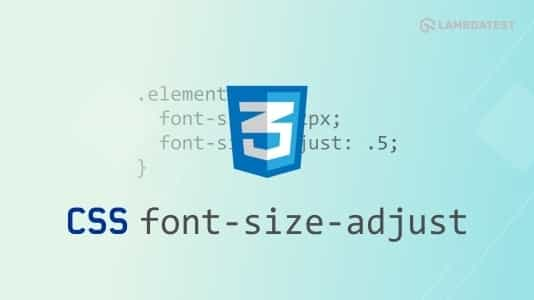

Gates, please give us back the good design you shipped in IE4 for the Mac. Early IE versions supported this need, offering users two standard toolbar buttons: one that made text bigger, and the other that made it smaller. When you don't have to read the words, it doesn't matter that the characters are small.īecause so many sites have made bad decisions regarding font size, users commonly need to change it. In fact, many designs are approved with "lorem ipsum" standing in the place of real copy.


They simply glance at the text to make sure it looks great. While creating a website, designers don't actually read the information on the pages.Designers also tend to own expensive, high-quality monitors that are easier on the eyes. Tiny text doesn't bother them as much as it bothers people on the other side of 40. Most web designers are young, and so have perfect vision.So, why is so much website text so hard to read in the first place? Two theories: The Mac-only iCab browser gives users this simple control let's make Internet Explorer equally friendly to users' needs. Fine for experts, but 99% of users simply want to make text bigger if it's too small to read. Granted, some web browsers have a geeky feature that lets users specify their own style sheets. After all, it's my screen, my computer, and my software, and they should do what I say. It may be okay for the browser to initially render the page with the designer's text size, but users should be able to easily enlarge text, no matter what the style sheet says. I'm hereby launching a campaign to get Microsoft to make user preferences override any fixed font size specification in Web designs. Unfortunately, many designers are using this ability, leading to reduced readability of an increasing number of websites. Examples include frames, changing the color of browser scrollbars, and scrolling text.Īnother example of harmful Web technology comes with the increasing use of style sheets, which let web designers specify the exact size of text down to the pixel. The Web is no stranger to this problem, and has experienced many innovations that would have been best avoided. Sometimes technological progress backfires, and the "better" technology turns out to be worse for users.


 0 kommentar(er)
0 kommentar(er)
